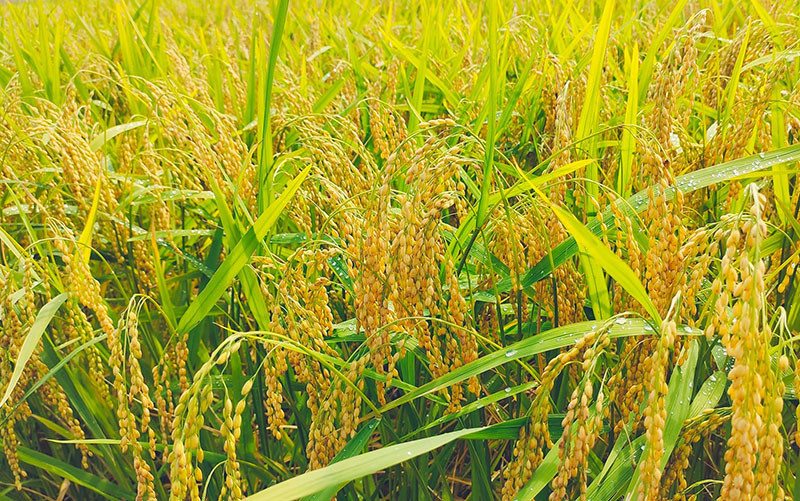
When launching the project on developing 1 million hectares of high-quality low-emission rice areas by 2030, the Ministry of Agriculture and Rural Development (MARD) estimated that farmers can reduce input production costs and increase selling prices, and earn money from selling carbon credits.
It is expected that production costs will decrease by 20 percent, allowing farmers to save VND9.5 trillion a year, while rice prices may increase by 10 percent, allowing them to earn VND7 trillion more a year.
Meanwhile, the World Bank has promised to buy carbon credits from the project at $10 per credit. This means that farmers will collect $100 million a year from carbon credit sale.
There are 7.1 million hectares of rice growing area in Vietnam and other provinces also want to grow low-emission rice and sell carbon credits.
VnSAT operates under 'one must, five reductions’, applied to the 1 million hectare project. The ‘one must’ is use of certified rice varieties, while the ‘five reductions’ mean reduction in seeds, water, fertilizer, plant protection substances and post-harvesting loss.
Cao Thang Binh, a senior expert of the World Bank, said it is expected that the first carbon credits may be granted to farmers who implement VnSAT in 2024, and that the cash flow from carbon credit sales will reach Mekong Delta’s farmers this year.
Commenting about the low-emission rice farming program, Tran Minh Hai from MARD said in addition to selling rice and carbon credits to earn money, rice growers and businesses need to participate in sustainable farming procedures for lowering emissions.
It is necessary to reduce the amount of seeds and agricultural materials, and shift from using chemical fertilizer and plant protection substances to using microbiological and organic fertilizers, as well as applying AWD (Alternate Wetting and Drying Irrigation) and carrying straw away from fields.
AWD and straw removal from fields are the two stages which can create more carbon credits than other stages.
Also, farmers have to improve production process and install MRV (measurement, reporting and verification) system.
Farmers need to reduce the amount of seeds sown from 120-150 kilograms per hectare to 80 kilograms and control the volume of water in the fields with a water level measurement system.
Only when the water level on the fields decreases to negative 15-19 centimeters can watering be continued. The method would reduce the volume of water needed by 2-3 times each crop, and will reduce the generation of methane (CH4).
Tam An